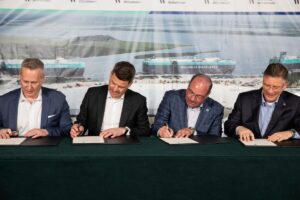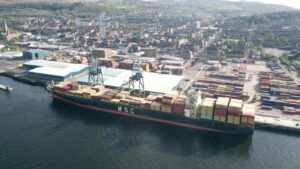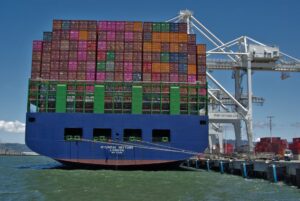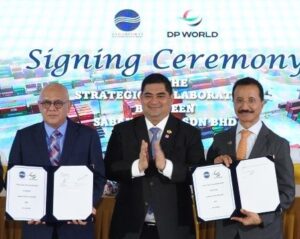Volvo Trucks North America and FedEx have used advanced driver assistance system technology to conduct on-highway truck platooning as part of ongoing research collaboration.
The first public on-highway showcase of platooning technology between a major truck manufacturer and a transportation company in the US took place to expand the on-highway operations of Volvo's Cooperative Adaptive Cruise Control (CACC).
Volvo Trucks and FedEx plan to continue developing the Volvo CACC technology on N.C. 540, the Triangle Expressway, into the foreseeable future to learn more about the potential benefits offered by vehicle platooning, including faster responses to hard braking while maintaining safety and fuel efficiency.
Additionally, this advanced testing will allow the participants to adapt to the technological and regulatory developments that will ultimately determine the commercial viability of platooning technology in the US.
Gloria Boyland, Corporate Vice President, Operations and Service Support, FedEx Corporation, said: “FedEx was built on innovation and it continues to be an integral part of the FedEx culture and business strategy.
“We are pleased to collaborate with Volvo Trucks and the North Carolina Turnpike Authority to learn more about how platooning technology can benefit our team members while improving fuel efficiency for our fleet.”
The platoon consisted of three trained, professional truck drivers in Volvo VNL tractors, each pulling double 28-foot trailers.
Through CACC, a wireless vehicle-to-vehicle (V2V) communication technology, the tractors and trailers remained in constant communication.
A V2V communication system, designed to serve as an aid – not a replacement – for skilled professional truck drivers, helps reduce the reaction time for braking and enables vehicles to follow closer, automatically matching each other's speed and braking.
Read Port Technology's latest technical paper from Kuenz on the wider logistics market: Expanding Perspectives: From Port Focus to Supply Chain Focus
The tractors and trailers travelled at speeds of up to 62 mph while keeping a time gap of 1.5 seconds, maintaining a closer distance than what is typical for on-highway tractors.
Staged and unplanned vehicle cut-ins demonstrated how the technology handles common traffic situations.
Trucks driving closely behind one another improves fuel efficiency because of reduced drag.
Drag accounts for up to 25% of a truck's total fuel consumption, and the closer the trucks drive to each other, the greater the fuel-saving potential.
Reducing the traveling distance between vehicles also allows for greater highway utilization, helping alleviate traffic congestion.
Since April 2018, Volvo has had three Volvo VNL tractors paired with various combinations of FedEx trailers to simulate real-world routes and trailer loads while traveling on N.C. 540.
Per Carlsson, Acting President of Volvo Trucks North America, said: “Volvo Trucks has long supported platooning because it benefits freight companies and professional drivers alike through safer, more fuel-efficient operations.
“We continue preparing for deployment of trucks with greater vehicle-to-vehicle communication capabilities that support higher levels of ADAS.
“We know these technologies will be part of our future, but exact timing depends on many things, namely regulations, infrastructure, safety standards, and market demand.”
Read more:
-
Dr. Jose Holguin-Veras believes we are on the cusp of autonomous trucks becoming a normality in modern life, stating in a wide-ranging interview with PTI that we could even see truck ‘platooning’ become commonplace
-
A battery-powered truck has entered the Port of Oakland fleet for the first time, testing the feasibility of zero-emission freight hauling









